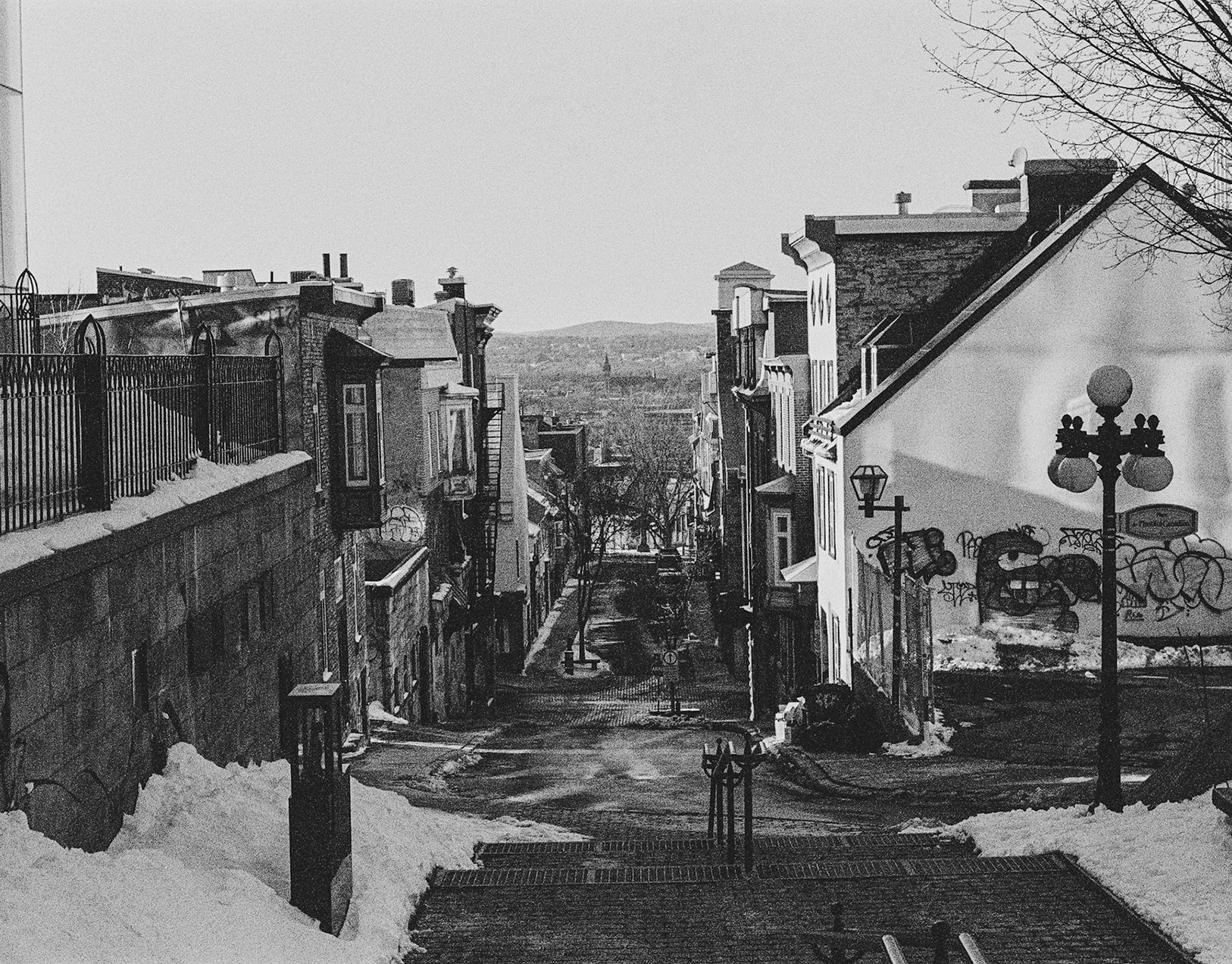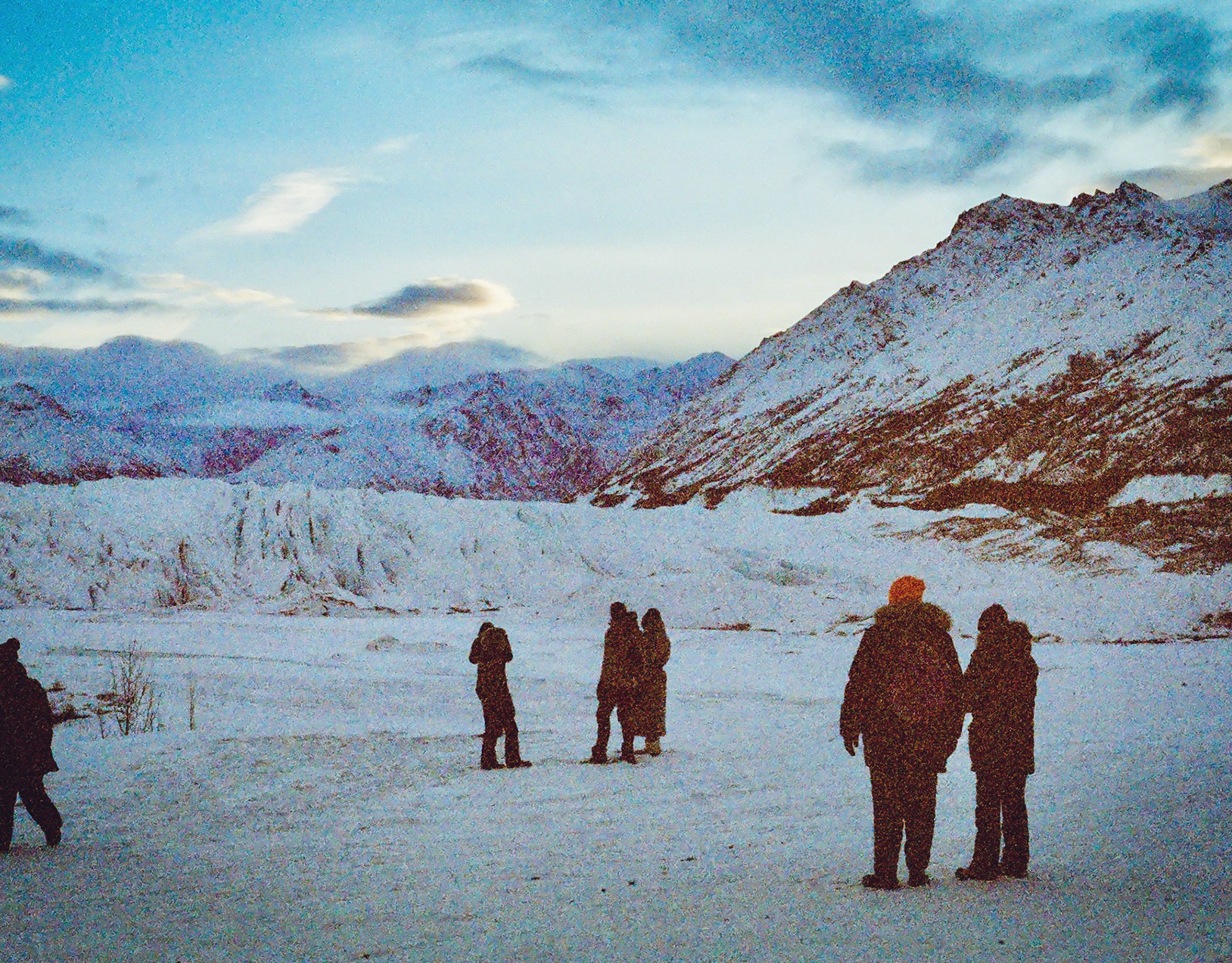Pather Panchali (1955) Dir. Satyajit Ray (Photo - Janus Films)
Since the Era of Exploration and colonization, beginning in the early fifteenth century, the institutionalization of certain Western and ethnocentric ideas have been globally established and implemented. The current politics that govern the modern world is centrally based on the various ideas that the Western world or “first world” acts as the core and the Global South or “second” and “third world” acts as the periphery areas surrounding the core. Known as the World Systems Theory, the structure of this theory proceeds to form the culture of the modern globalized society.
These ideas continue to reign over all realms within the modern world, including the politics of circulation and judgement of art and cinema. Specifically regarding cinema, the structure that is implicated by such a global theory shapes the cultural critique of quality in film around the world. The world of cinema takes the guise of the World Systems Theory in governing the politics of cinema and its circulation. Where the core is the West: Hollywood (US) and European Cinema, the rest of cinema is located outside of the core in the Global South.
Practical techniques and genres of film in the Global South, that purposefully reflect the core’s constructed ideals of profound art, is highly regarded and awarded. These Western-centric concepts are all a social construction, yet they perpetually constitute ideas when critiquing cinema. Regardless of the existence of an international hierarchy, it does not prevent the creation and growth of national and art cinema in the Global South. The obstacles and politics regarding the circulation of films, that nations in the periphery have faced since the 1950s, may be explained by these certain theories (such as the systems theory); these theories simultaneously provide the context for the development and genesis of cinematic new waves within the Global South.
Filmmaker Satyajit Ray - (Photo: The Academy of Motion Pictures Arts & Sciences)
Emergence of cinema and Golden Ages in film and culture, are directly consequential of the political conditions and equilibrium within the nation at the time. While the creation of film and film tools is a European invention, its original technical distributions were global and of a less prestigious exchange. The real challenges that the Global South have faced in developing a film culture, reside in the individual nation’s internal political climate.
The first step in creating a new wave of cinema rests in the hands of a nation’s government, as there must be a source of funding to promote such a culture. Willingness for a government to invest in a film culture can be attributed to the government’s own agenda of creating a national identity, or nation-building. Through the desire for the creation of such an imagined community within the nation, national cinema may be used as a tool that specifically promotes national iconography in an attempt to unify a nation based on the sharing of a common culture.
Cinema can then be utilized and act precisely for the purposes of nation-building, physically performing the cultural values and ideas of a nation to the peoples of the nation and the world. Furthermore, such an interest in constructing and promoting a national identity most often occurs after political independence has been achieved following the separation of the “third world’ country from the colonizing, Western “first world” nation.
In opposition of the promotion of national cinema, is the Auteur European Art Cinema. Art Cinema employs the ideas of the individual artist, and film acts as an artistic and personal expression of the filmmaker. Needless to say, when expression is granted to an individual there may not always be pleasant or positive opinions spoken by the individual about their political circumstances. As the independent nation moves on a momentum of constructing a specific identity, any ideas that interfere with the agenda of the government may be censored and banished. As a result, Art Cinema in the Global South encounters many internal culturally structured barriers.
The Cow (1969) Dir. Dariush Mehrjui (Photo - MUBI)
Instances of such censorship, taken in part by the government of a nation in the Global South, involve cinema in Iran. For much of the mid-twentieth century, the reign of the Shah, Mohammad Reza Shah Pahlavi, involved a massive national crusade for the construction of an imagined community and identity for Iran. This desire can be attributed to Iran’s long history of invasions and occupations by foreign invaders.
As a method taken in part with Iran’s quest for establishing an identity, the Iranian New Wave film movement was established by the Iranian government through the creation of various film institutions and festivals, such as the Tehran Film Festival; likewise, the promotion of a film culture was designed to serve the political agenda and interests of the Shah. And where Art Cinema acts as a medium of expression for the filmmaker, films from the Iranian New Wave did not always reflect the positive and promoted image of the nation.
Unlike the mainstream national cinema genre, Filmfarsi, the Iranian New Wave did not feature song-and-dance sequences, but “was noted for qualities such as scripts based on contemporary novels, intellectual themes and dialogues, subdued visual backlash against the monarchy, [and] unhappy endings,” (Farahmand 271). Cow / Gaav (1969) by Daryoush Mehrjui belonged to the first Iranian New Wave of cinema.
Taking place in a rural village in Iran, the Cow / Gaav, follows a village man’s descent into insanity following the death of his beloved cow, and the interplay of the surrounding villagers frantic attempts to solace him. Mehrjui’s film was initially banned by the Iranian government. Reasons for the censorship of the Cow / Gaav most likely reside in the negative portrayals of the village peoples and its promotion of an undesirable image of Iranian people.
Still - The Cow (1969) Dir. Dariush Mehrjui
Regardless of these reasons, the actual allegorical meanings intended by Mehrjui were a critique of the politics surrounding the oil industry. Despite the efforts of the Iranian government, the film was circulated; having been smuggled in secret to the Venice Film Festival, it was awarded the top prize.
What may also be drawn from this particular case of Cow / Gaav, is a problematic system of awarding critical political films within a specific theme of third world strife. This brings into question if such third world features are at times created in an effort to appeal these European audiences at international film festivals.
Recognition for Art Cinema resides in the international film festival circuit that is centrally based around the core nations. Parallel to the World Systems Theory, there is the idea that the pinnacle of creative thought or most “advanced” artwork distinctly originates from Europe.
In addition to Iranian New Wave filmmakers, a desire to reach a Western audience from the periphery or Global South is shared by renown Indian director, Satyajit Ray. Similar to mainstream cinema in Iran, song-and-dance musical or Bollywood was the popular national cinema beginning in the 1950’s, following the independence of India in 1947. Also similar to Iran’s cinema, Satyajit Ray’s films, such as Pather Panchali (1955) were state-funded.
Ray’s Pather Panchali, a realist film that can be likened to the Italian Neo-Realism film movement, focuses on the life and struggles faced by a poor Indian family in a Bengal village. Pather Panchali was not initially received as a popular film by Indian audiences. The unpopularity of Art Cinema is not uncommon by national audiences and may be ascribed to mainstream national audience desires for more theatrical and fanciful features as a personal vehicle for escapist entertainment.
Pather Panchali (1955) Dir. Satyajit Ray (Photo - Janus Films)
Ray’s film was, however, highly acclaimed by Western audiences, having been first featured in New York’s Museum of Modern Art (MoMA). Upon screening Pather Panchali, many Western audience members reacted in negative, and even ethnocentric manners, “an American lady, for instance, who was so upset by the spectacle of Indians eating with their fingers..had to leave the theatre as soon as the second dinner episode commenced” (Ray 81).
Claiming that he does not make his films for any other audience, Ray states, “All my films are made with my own Bengali audience in view” (86). Ray’s films are sincerely created to display authentic Indian life and culture; the ethnocentric opinions that arise from Western audiences are merely a result of the systematic separation of such societies and cultures.
Each individual nation has an independent authority to create films and spur a cinematic culture. However, it is up to each individual filmmaker’s own authority and desires to express ideas that may mindfully appeal to certain audiences, whether that may be the individual’s own government or international audiences at film festivals.
Many successful filmmakers from the Global South have been educated in the Western world; they have gained a knowledge for certain themes and Western techniques that might, in effect, appeal to Western audiences. If it is the case that many of these critical political films from the “third world,” such as Mehrjui’s Cow / Gaav or Satyajit Ray’s Pather Panchali, are made for the Western appeal of third world grief, then the circulation of Art Cinema falls no differently than the operation of the systems theory.
While the Global South gains recognition at prestigious film festivals, this further reflects on if third world miseries are a commodity that serves the intellectual appetites for entertainment in the first world, especially since many of these Art Cinema films are not initially well-attended in their home countries.
These nations of the Global South move toward the core through producing their intellectual service to the privileged West. Apart from this theoretical consideration, the central analyzed issue rather revolves around the fact that there is the construction of what is considered to be the crème de la crème, and that this high class specifically originates from the core. As a consequence, there lacks any footing for cinema from the periphery to be considered as interchangeable in terms of being the “best.” The palpable issue is the problematic existence of the construction of this “core” and “periphery” (or Global South) sectors in the world and its manifestation within the circulation of cinema.
REFERENCES:
Farahmand, Azadeh. “Disentangling The International Festival Circuit: Genre And Iranian Cinema.” Art Cinema Histories. 263-281. Print.
Ray, Satyajit. “Under Western Eyes.” Sight & Sound. 50th Anniversary issue (Autumn 1982): 68-91. Print.



















